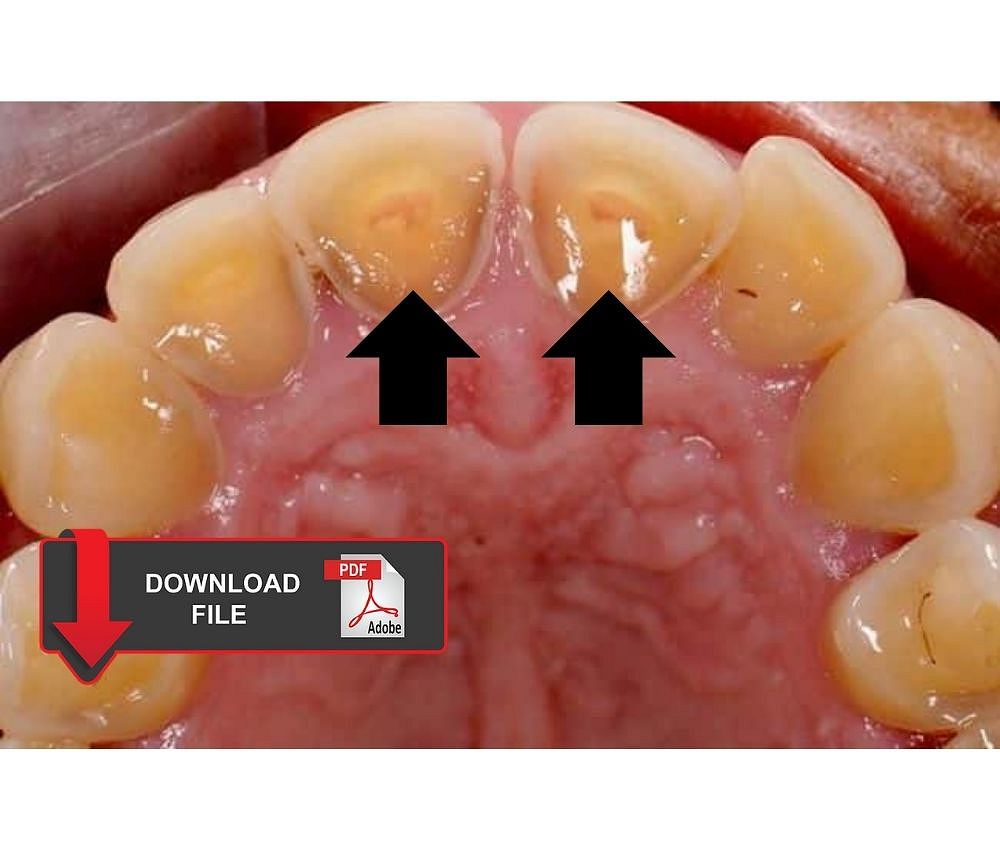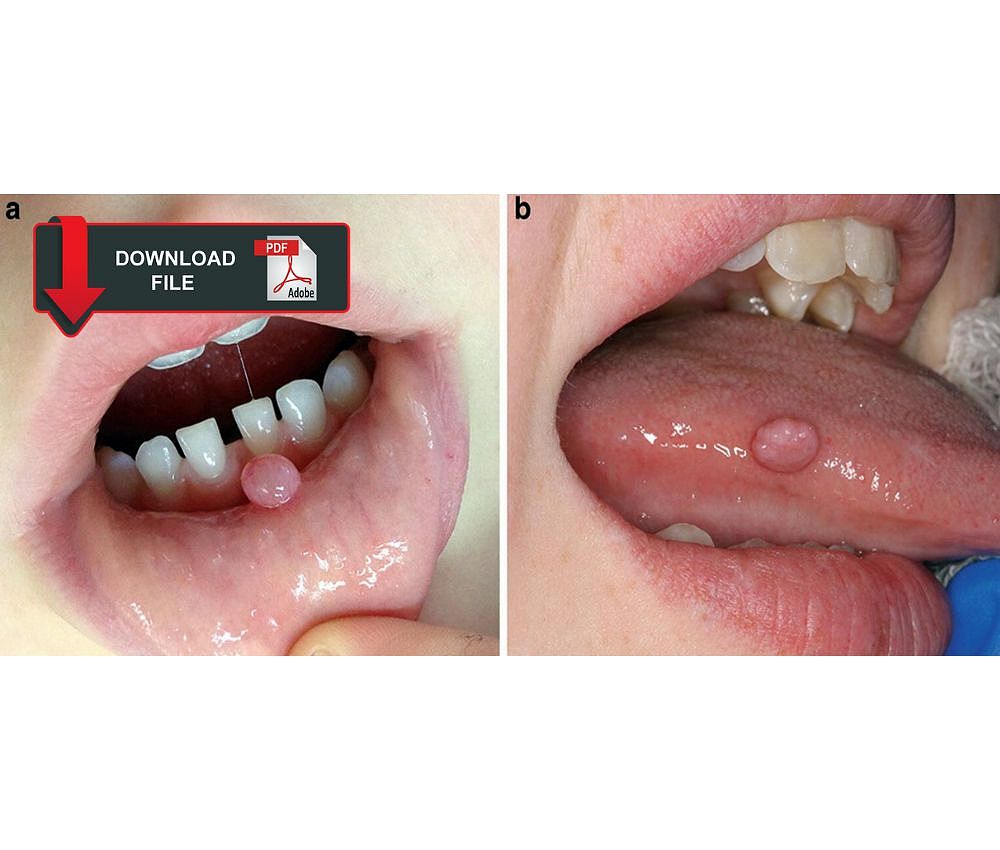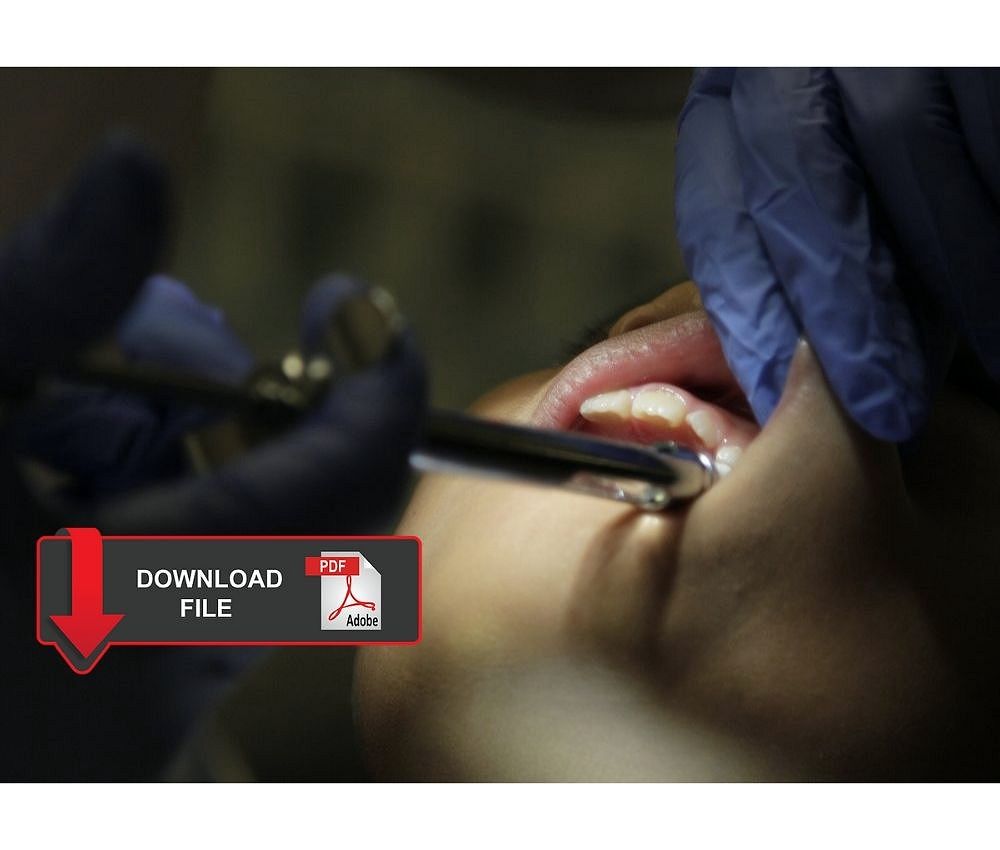Eating disorders are a set of psychopathological disorders that are related to eating behaviors, and affect physical and emotional health, these conditions usually manifest in young people and adolescents. The most common eating disorders are anorexia and bulimia.
Patients with eating disorders present alterations in the perioral tissues, oral mucosa and teeth. These alterations generate several problems in the different functions of the oral cavity.
Advertisement
We share a study that describes the different oral manifestations of eating disorders (anorexia, bulimia) that we can find in an adolescent patient with the aim that the professional identifies these signs early.
RECOMMENDED ARTICLE
Effects of tobacco on the oral cavity: Nicotine Stomatitis
Effects of tobacco on the oral cavity: Nicotine Stomatitis
Monda M, Costacurta M, Maffei L, Docimo R. Oral manifestations of eating disorders in adolescent patients. A review. Eur J Paediatr Dent. 2021 Jun;22(2):155-158. doi: 10.23804/ejpd.2021.22.02.13
You may also like :
► How to identify the early signs of oral cancer
► Bruxism: A medical or dental issue?
► Allergic manifestations to local anaesthetic in pediatric dentistry: Prevention and management
























